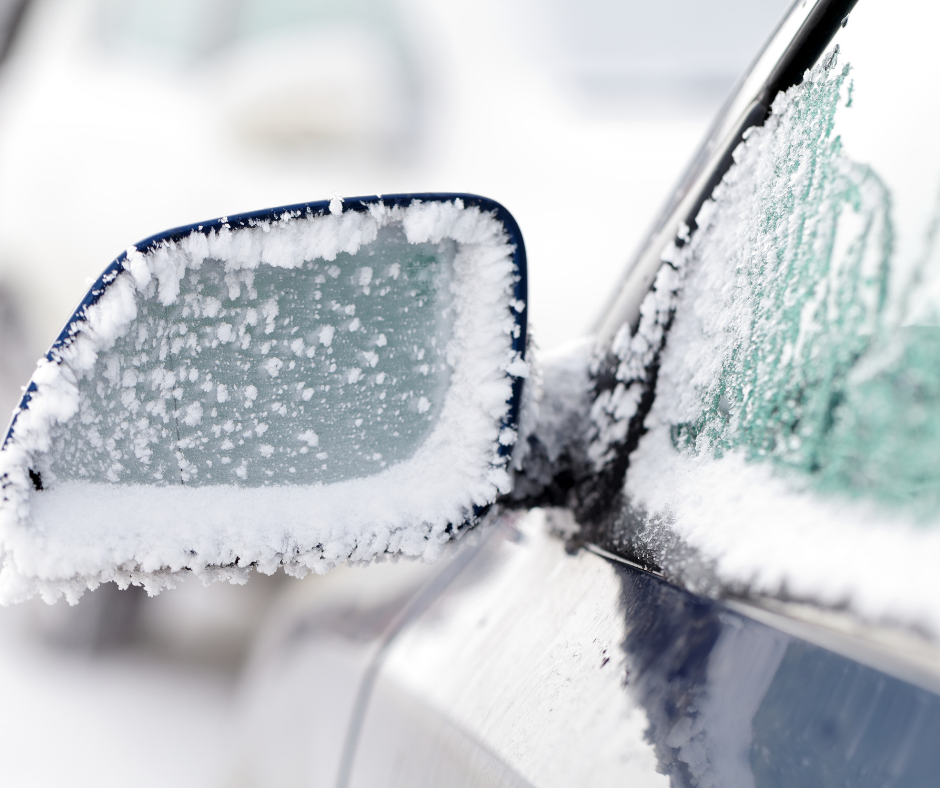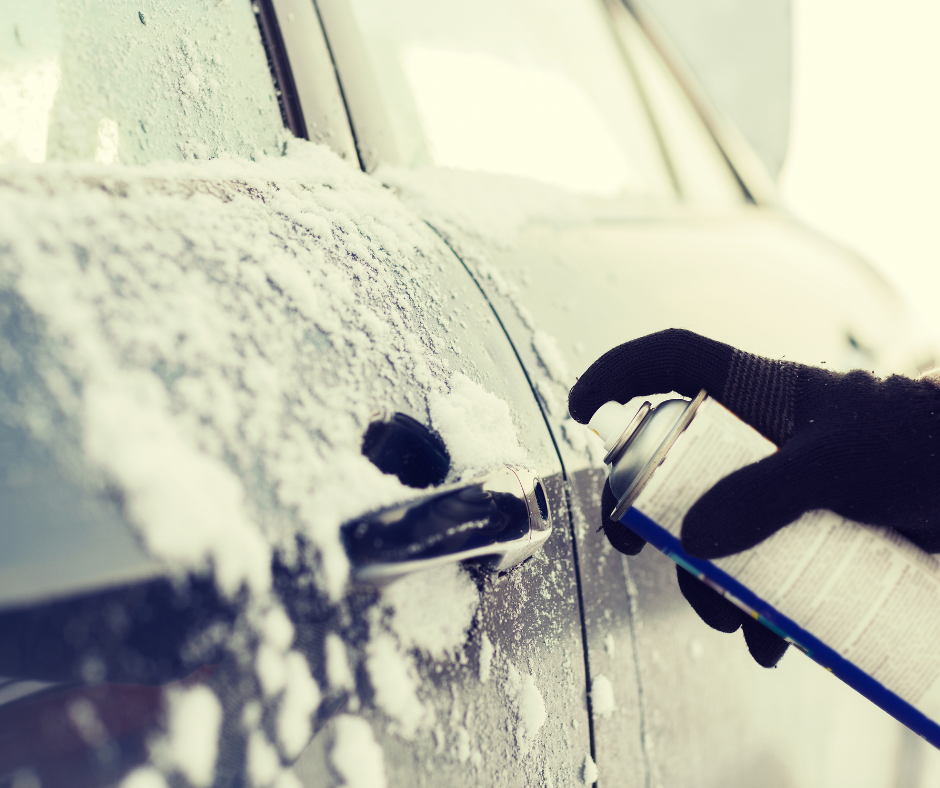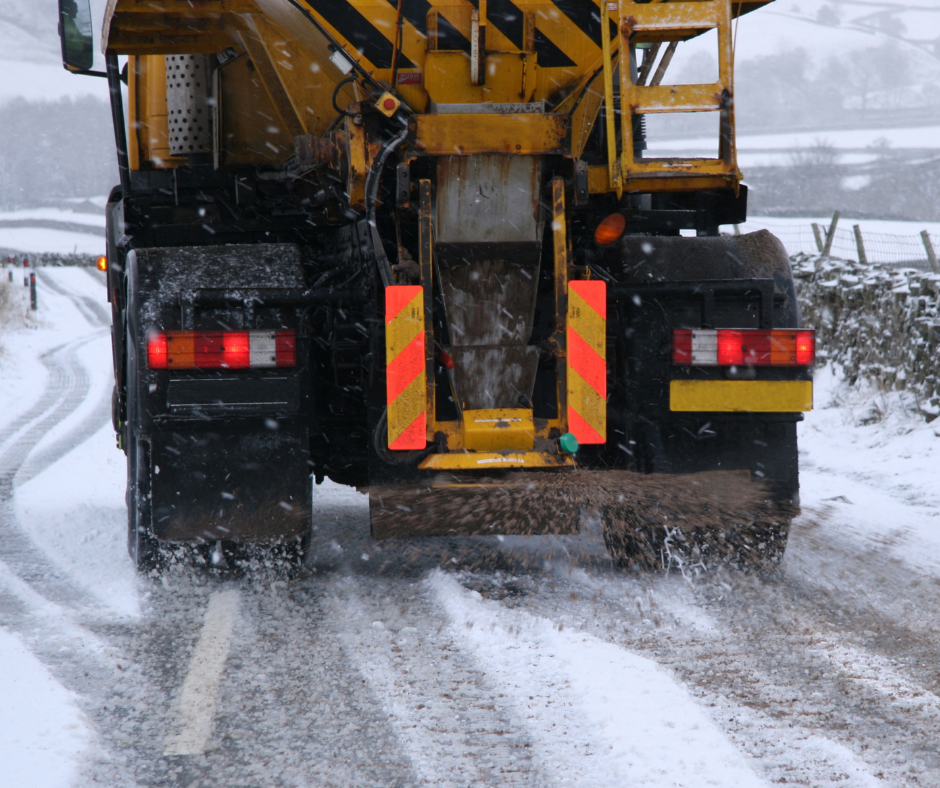As November gets underway and winter settles in for the long haul, driving becomes a little more dangerous on our roads. Alongside the normal hazards any driver has come to expect, the weather can add some unique challenges. These hazards are sometimes easily forgotten, especially as the last winter didn’t involve much travel for most people. This blog will cover some common winter hazards and how to tackle them to reduce the risk of accidents.
 Winter Hazards
Winter Hazards
With everything getting a little icier, here are some chilly challenges you should consider:
- If your car has been out overnight it may have iced over, and your windscreen could be completely obscured.
- When you’re out on the roads, especially during early morning commutes to work, black ice might have formed. Black ice is a clear, thin layer of ice that can hide in plain sight on the black tarmac of our roads and can often catch drivers unaware.
- Even outside of those freezing early mornings and plummeting evening temperatures, slush can still be a skid risk throughout the day. This is even more true for those country roads that don’t see a lot of traffic during the day.
 How Can You Minimise These Hazards?
How Can You Minimise These Hazards?
An easy way to help smooth your journey is to take some time in your morning routine to heat up the car, de-icing where necessary, and to check the local driving conditions for your area. The Met Office weather app will send you instant notifications of weather warnings for your saved locations.
Another thing to keep in mind is that driving in icy conditions comes with its own set of rules. For instance, generally slower driving and allowing for a much longer stopping distance can help to give you the time to react to any icy hazards. Finally, always be aware of where you’re driving. Those back roads you take as a shortcut could be much icier than any motorway.
 Onsite Safety
Onsite Safety
All these hazards can also be present on many work sites, especially large outdoor construction sites. So, what can you do to keep your area of work safe?
The HSE guidance recommends gritting any areas prone to slipperiness in icy conditions. Gritting is the process of laying down rock salt to stop ice from forming. Public roads will be gritted by highway authorities but if you own or rent a site with its own internal road system, you should make sure to keep an eye on the weather and remember to grit. Another way you could warn incoming drivers if you are on a particularly snowy site would be to purchase and place a road sign warning about ice or snowy conditions in a prominent position.
All in all, you should always take care when behind the wheel, but you should definitely be more careful in winter. If you need any more advice, the HSE is always on hand and we here at WA Management provide a Driving Safely Awareness online training course that can always serve as a refresher!
Written by Elizabeth Davis, Trainee H&S Consultant at WA Management.

For November only, save 10% on our Driving Safely Awareness and Lone Working online training courses – enter the code ‘driving10‘ at checkout to save!
To keep up to date with the latest health & safety news and advice, follow us on social media:
